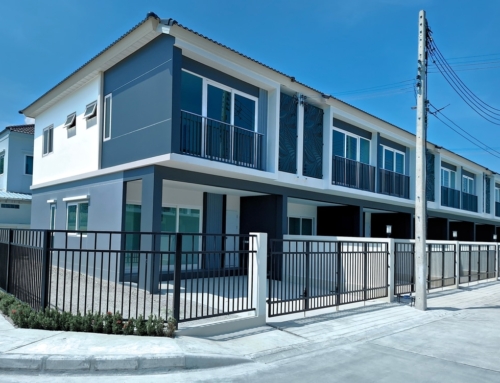Home sellers and buyers have reason to be skeptical about predictions that this is the year that home prices will finally bottom out and begin to rise for good. Last year was supposed to be the breakthrough for buying and selling a home; instead, we saw a double dip in prices in the first quarter and another decline at years’ end.
While it seems as though hope for a revived housing economy springs eternal, sellers and buyers in most markets will find that this spring will look a lot like last year with one big exception: affordable rates and prices, though the selection may be less.
Even in the best markets, sellers can anticipate only a slight price improvement. In most markets, prices are lower than they were a year ago at this time. According to some reports, buyers are accepting the marketplace realities. More than half (51 percent) of 600 real estate agents in a recent Coldwell Banker survey reported that sellers are more willing to price their homes competitively than they were at this time last year. Forty-five percent said that sellers are more willing to change the appearance of their homes to entice buyers than they were one year ago. Last year, by contrast, many sellers refused to budge on their prices.
Buyers can also expect a repeat of the conditions that made last year a good time to buy a home: record low interest rates and affordable prices. But unless inventories replenish quickly, buyers in most markets will have a diminished selection of “fair value” or non-foreclosures homes from which to make their selection.
It’s normal for the supply of homes for sale to fall as fewer people are selling or buying a home in the colder climates, but this winter, inventories dropped precipitously. On a year over year basis, the total listed inventory in January was 20.6 percent below 2010, according to the National Association of Realtors (NAR). Realtor.com, the largest homes for sale website, listed 23.20 percent fewer homes in January than it did a year ago.
The decline in the NAR’s numbers was so dramatic that it drove the national inventory picture down to a 6.1 months supply, the lowest it has been in years. “Months supply” is a calculation of the number of months necessary to reduce inventories to zero at current demand levels. A six-month supply is considered a balanced buyers’ market and sellers’ market. Realtor.com reported the median time in inventory for listings fell to 103 days. What does this mean? Buyers may not have a home to buy.
When and how will inventory levels change?
Those buying a home won’t have to wait long to see a change. The inventory shortage may remain with us through the year, but it won’t stay at these low levels for two reasons. First, the seasonal re-supply of homes going on the market in the spring will restore 5 percent to 10 percent. Second, foreclosures are going to increase again.
A major factor in the low inventory levels is a decline in REOs, or foreclosures listed for sale by lenders. RealtyTrac reported that foreclosure activity declined 24 percent last year, largely due to the slowdown of processing by lenders awaiting the outcome of the negotiations between the largest banks and state attorneys general. Now that an agreement has been reached, the parties are developing new standards for processing procedures that will diminish lenders’ legal liability in implementing foreclosures. When that’s complete, sometime this spring, look for the first of the 1.6 million to 2 million properties that have been stuck in the foreclosure pipeline.
Foreclosures for sale have already been on the rise. At least two major banks, Wells Fargo and JP Morgan Chase, began processing their backlog last fall, before the agreement was signed. Will the rest follow and create a flood? Last year, only 4.5 million existing homes were sold in America; adding 2 million foreclosures to the inventory could have a drastic impact on values, which would only hurt the lenders trying to sell them.
Most experts expect lenders to parcel out foreclosures so as not to disrupt local markets, which will also have the effect of creating a greater foreclosure inventory for the next two to three years. The impact will be felt greatest in “judicial” states like New York, New Jersey, Florida, Connecticut, Illinois, Ohio, and Maryland, where the delays in processing foreclosures have been greatest.
Yet even with the rise in foreclosures, prices may stabilize this year and, on a national average, begin to appreciate. However, as always, every real estate market differs. Take some time to study price, demand, and inventory trends in your market to understand how they affect your plans for buying or selling a home this season.
Steve Cook is Executive Vice President of Reecon Advisors and covers government and industry news for the Reecon Advisory Report.
Cook is a member of the National Press Club, the Public Relations Society of America and the National Association of Real Estate Editors, where he served as second vice president. Twice he has been named one of the 100 most influential people in real estate. He is a graduate of the University of Chicago, where he was editor of the student newspaper. In addition to serving as managing editor of the Report, Cook provides public relations consulting services to real estate and financial services companies, and trade associations, including some of the leading companies in online residential real estate.





